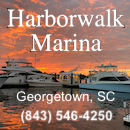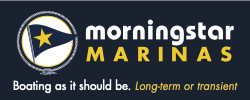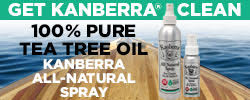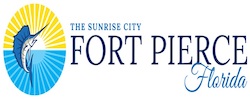CLOSE TO HOME – Janice Anne Wheeler, Sparring With Mother Nature
I’m very merry that you loyal readers are aboard. I hope this is your favorite subscription. ~J If you’ve just joined our engaging little community, (and there are dozens of you lately, I’m truly honored!) please read SPARS & SPARRING, my introductory piece.…. “I’ll wait here for you,” I told him, and we both knew it wasn’t true.I tend to disappear, whether it’s from bed before dawn, in the grocery store or spearfishing the in Bahamas. I’m wise enough now, I think, that I no longer endanger anyone, most of all myself, but my companion(s) might not know where I am at any given moment. Comes with the package. I invited myself again, this time closer to home on a little roadtrip, and had a coveted, leg-stretching day away from the boat reconstruction project that has morphed from four months to eighteen with more to go. The car was in reverse seconds after the above conversation, with the boardwalk already set on GoogleMaps as my destination. To my eye-brow-raising delight, this is the God who greeted me, in bronze, even. Wandering CLOSE TO HOME has its rewards. The biting northwest exposure of this particular cape on the southeastern Chesapeake Bay nearly quelled my thin-blooded self but the sun was shining for the most part, and it was low tide. Those two crucial factors swung my mind and hastened my gait. The very first treasure I came across may be one of the most extraordinary natural finds of my lengthy beachcombing career. Seriously. That’s a huge statement. This monstrous oyster with it’s Medusa-esque flaming orange coral was a sight to behold, tossed up by last night’s storm and stranded by Mother Nature’s tides. The discovery led me to this intriguing information on these filtering creatures who have occupied the earth’s waters for a randomly estimated fifteen million years or so. The balance of my shore wander was solo, simple and glorious. Meandering bootprints, razor clam and evidence that Gulls definitely do dance.  I can never resist righting a conch or retrieving a feather. I also found two neglected wooden vessels in a local boatyard, someone else’s dream, someone who didn’t realize the tenacity and resources it takes to maintain and love a piece of maritime history. These always tug at my heartstrings and I truly hope someone saves them. My original WANDERLUST post drew inspiring comments and two of those I am compelled to share with you for the pure joy of gaining from another’s perspective, and I hope you feel the same. Comments on the comments? You know what to do. Dave Paquiot commented: His work is worth a look. There’s a particular kind of wanderlust that feels less like movement and more like compulsion — the body searching for a climate that matches the one inside it. Reading your piece, I felt that again. The way you describe “itchy feet” reminds me that some of us aren’t traveling to escape; we’re traveling to stay alive, to stay awake. You’ve lived on water long enough for the ocean to speak back, and it shows — that quiet certainty, that trust in the route even when the route makes no sense. My favorite line here: “Out on the water, the lust is satiated.” Some people never get to feel that. Thanks for carrying these stories with you and letting the rest of us travel through them for a moment. — Dave Josh Gilmore commented: Thanks, Janice, for putting a single word to something I’ve tried to capture. We love visiting new places, but especially the new places we never knew existed before being on the water. It’s become clear that there’s something incredible about every place, but it likely won’t be found at the resort pool or even in the manicured tourist area. “Downtown by Disney?” No thanks… Give me a week or ten in a place with a decent hardware store and people who accomplish real things, and there we’ll find the true magic. Janice here again—I read a ‘Stack note last week and regret that I cannot give credit where credit is due. The photo was of a deer crossing a paved road, and the caption intoned, the deer is not crossing the road, the road is crossing the forest. (If anyone knows who posted that, please do tell, I love it). Life is all about perspective, and you never know where that is going to take you; it may be on the other side of the planet and it may be very close to home. ~J If you want to read a little more about Poseidon’s Trident and missed this one:
Sunset on another week, ALREADY;) Enjoy this next one! Like this quick SPAR? Shareable? Please do. A simple click on the little ‘like’ heart or Restack (recycle) is an easy way to pass my work on to others who have not yet joined our circle but have no idea what they’re missing, right??@!! Kinda fun. RESOURCES https://www.cbf.org/resources/ I so appreciate your support of my work. Have a wonderful week! |










































Be the first to comment!